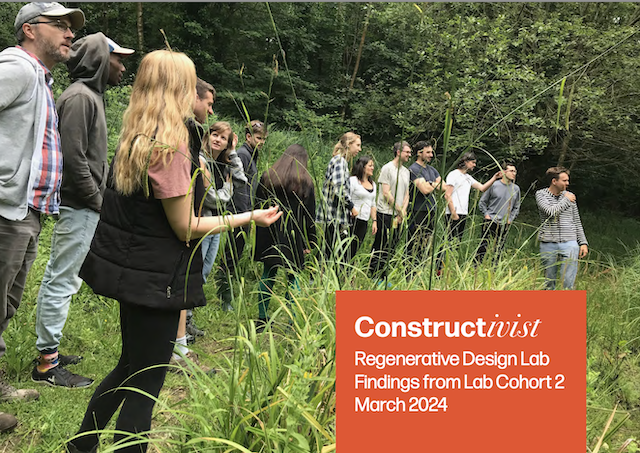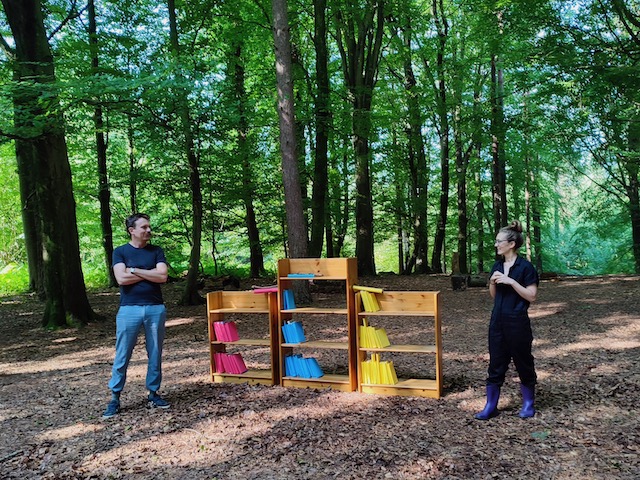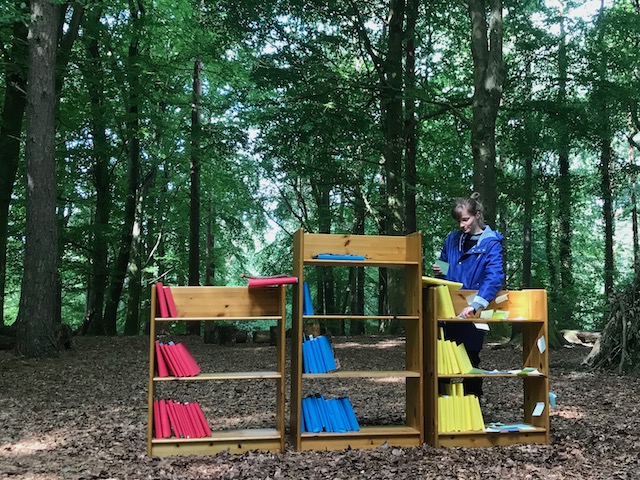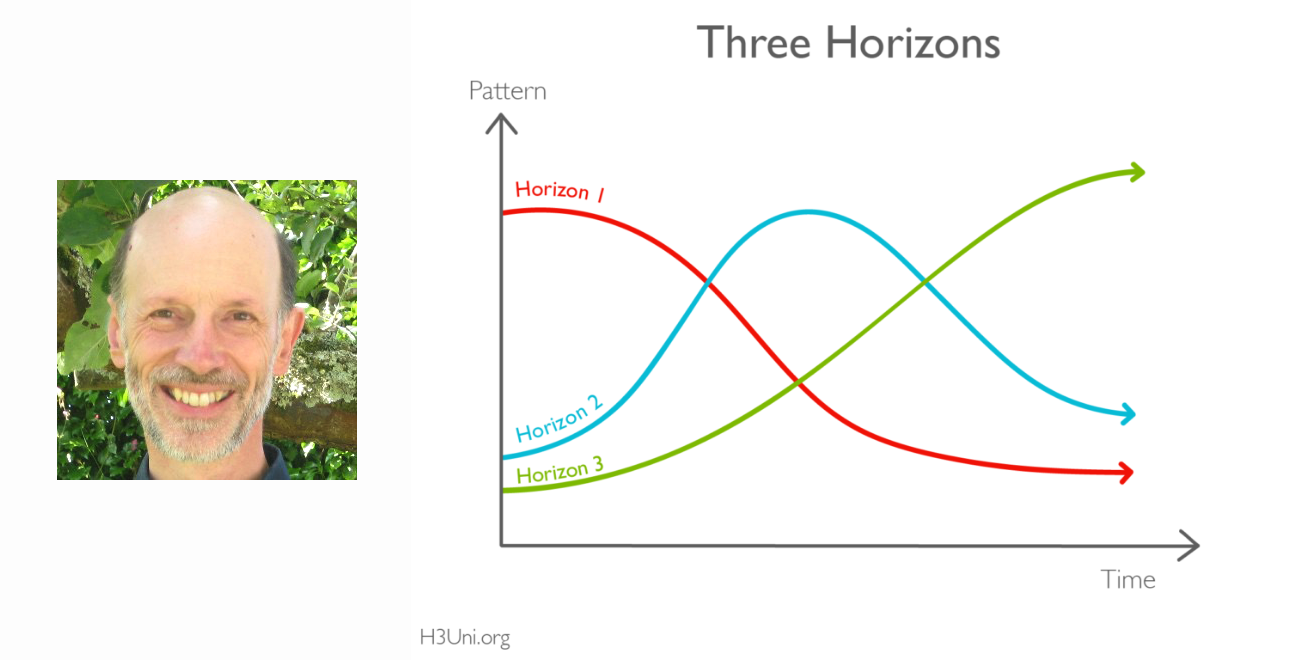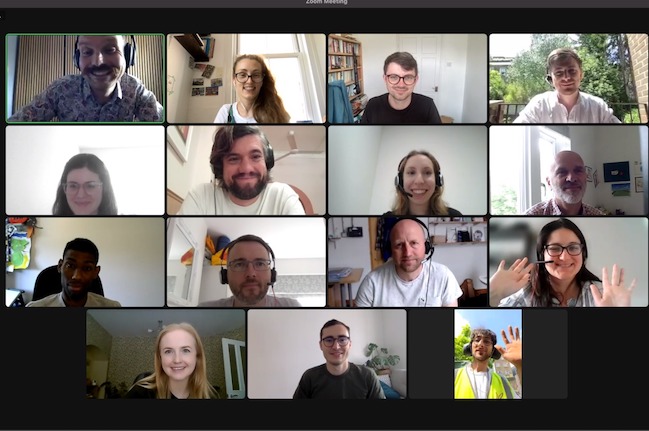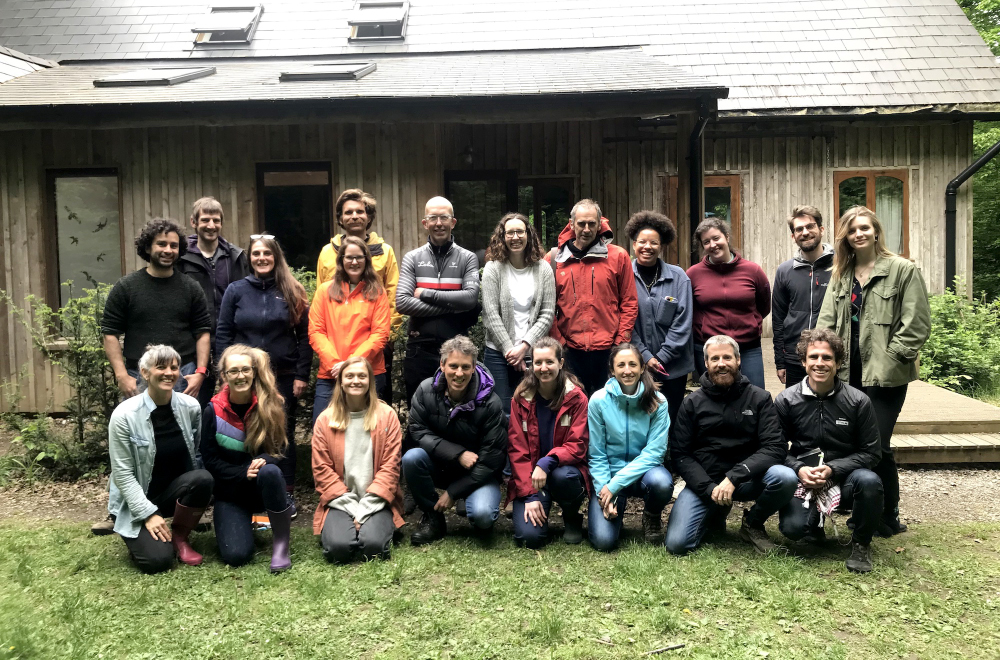Earlier this month, we unveiled the Pattern Book project, an innovative workbook designed to guide professionals in the built environment towards regenerative design principles. The Pattern Book is the next evolution in the development of the Regenerative Design Lab.
New patterns for the future
The Pattern Book aims to be an emergent, collaborative resource, offering a collection of tools, techniques, and resources under Creative Commons.
Continue reading “The Pattern Book – a new collaborative project in regenerative thinking”“We see in patterns, we recognize patterns, we create patterns. To create a world in which construction brings about thriving rather than destruction, we need new patterns for thinking about how we design and build,”
Oliver Broadbent


